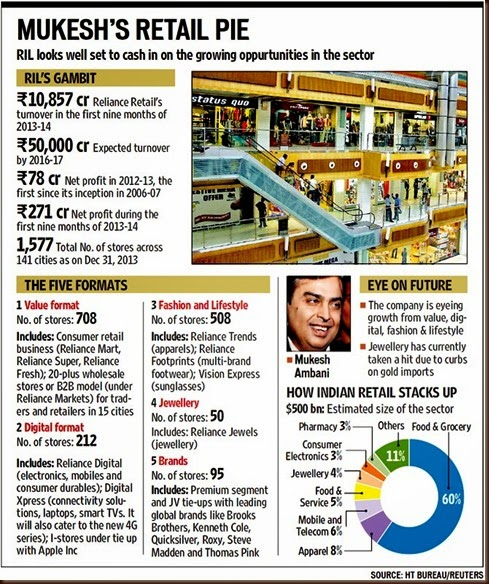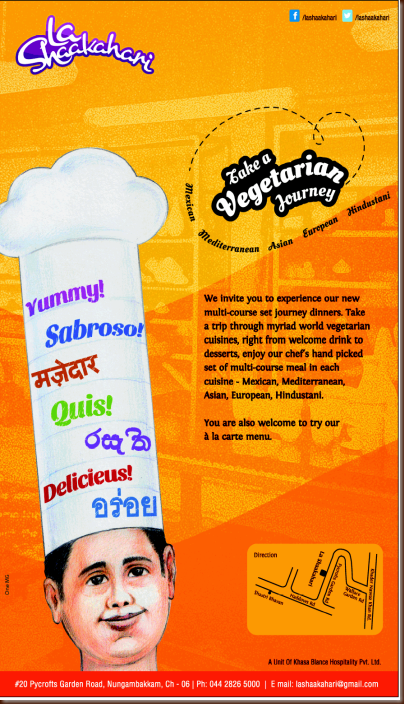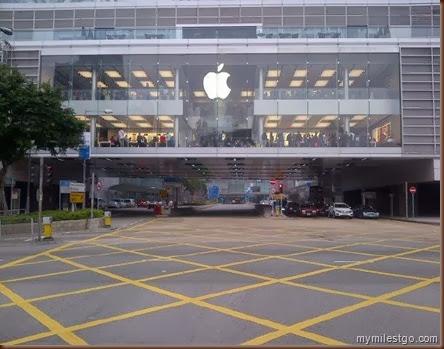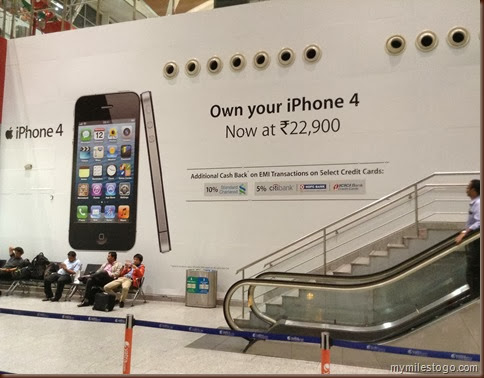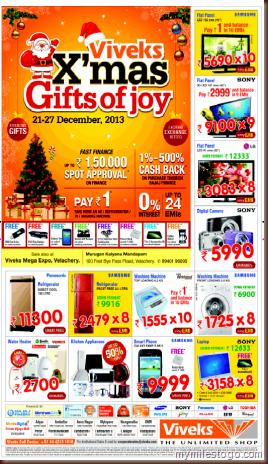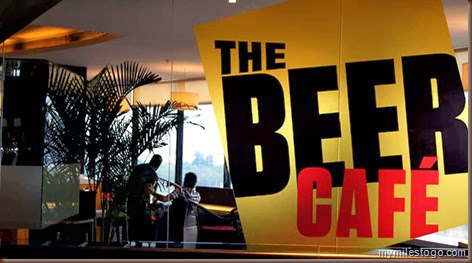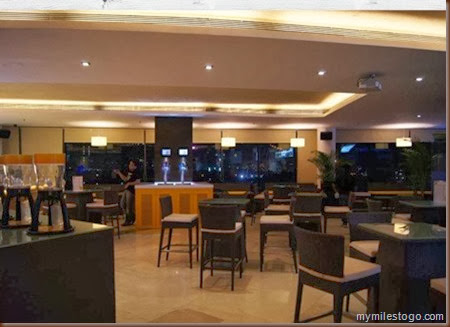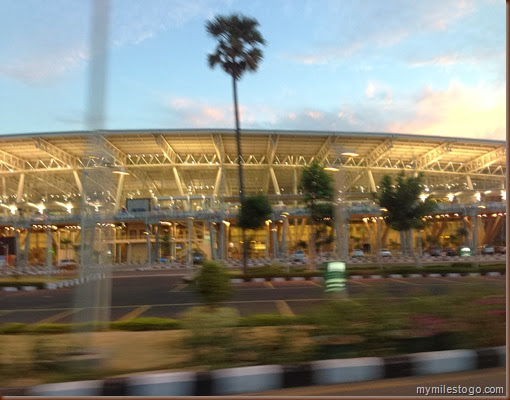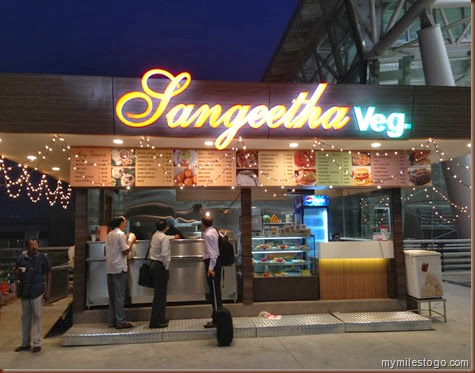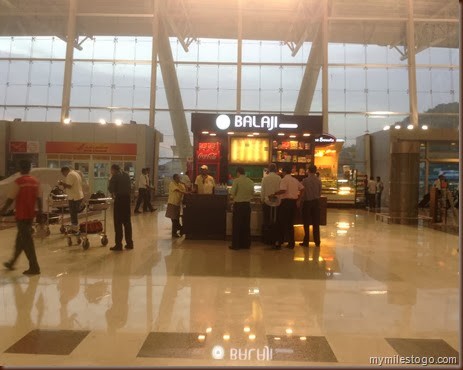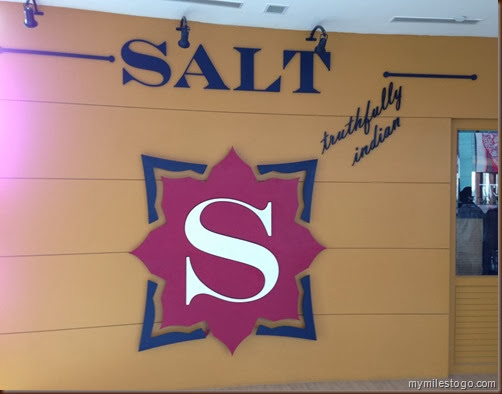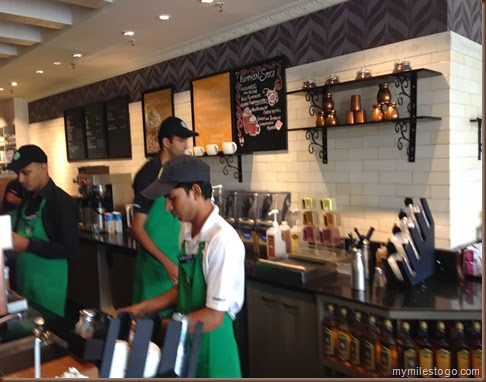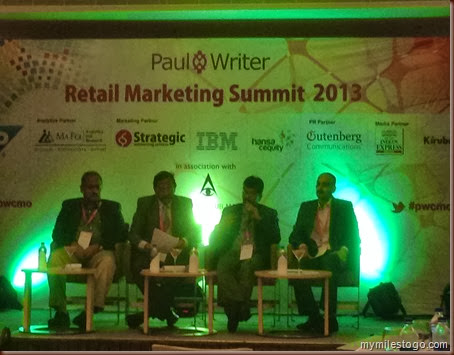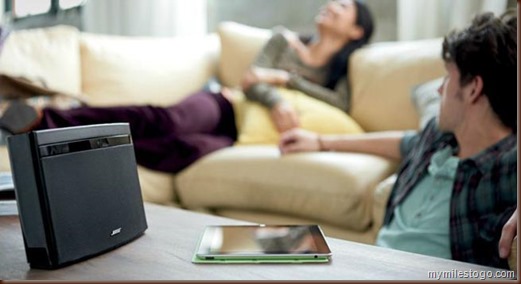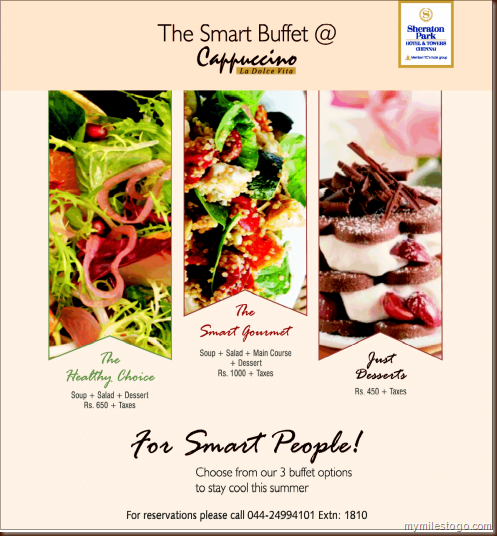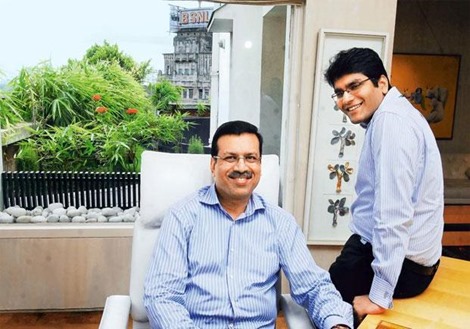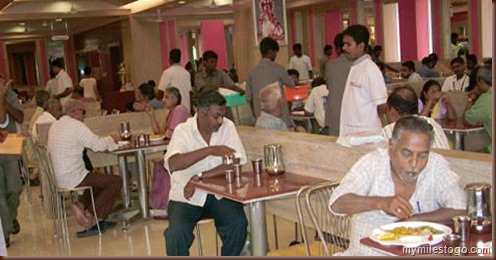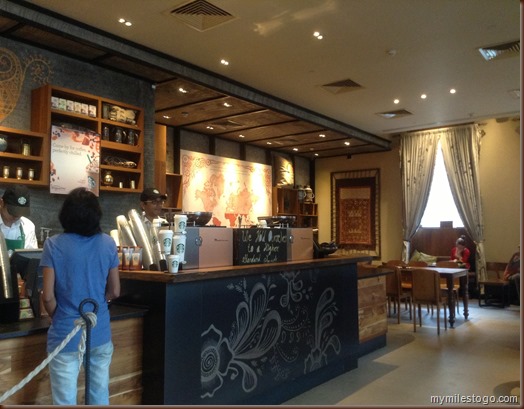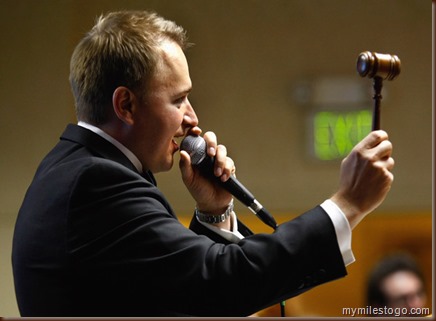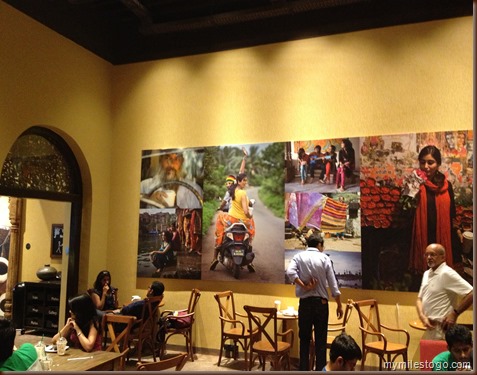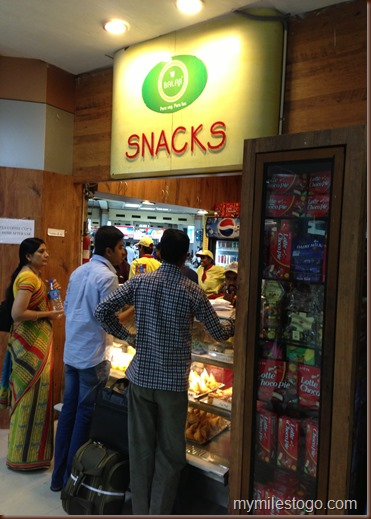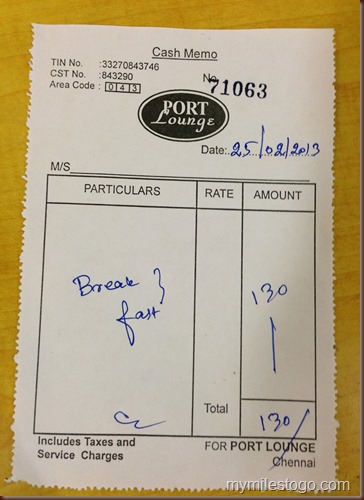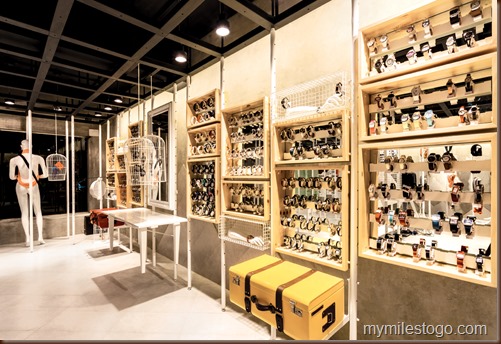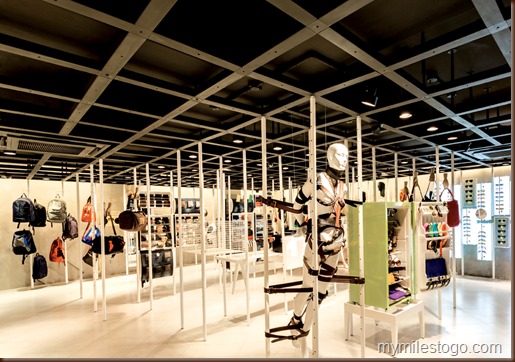The first store for Reliance came up in Hyderabad. It was a grocery retail format and many skeptics wrote off the idea, citing intense competition in this segment. Gross Margins are low, two-digits and net margins, if any are a mere 4-6%. So, how would the company ever make money? Further, there were already established players in this segment, especially in the South (of India) such as Foodworld, Spencers, Food Bazaar, Nilgiris, FabMall, Trinetra (now together More), Fresh @ from Heritage Foods – the list could go on! But patience and perseverance has helped the company in the long term. According to a report in the most respected Hindustan Times newspaper, the company would become the largest Retailer in India by Sales in 2013-2014. The company is expected to close the year with $2 Billion in Sales, approx. INR 12,000 Crores. And it made a meagre INR 78 Crores last year and has made INR 278 Crores in 2013-14. That’s not bad at all. The company has been able to achieve scale over the past 7 years and its many Chief Executives of respective businesses have built the business brick by brick, sweating and toiling between Board Rooms and Store fronts.
Take a quick look at how the numbers stack up;
It’s a commendable achievement for Reliance Retail to achieve this position. Those who know me well would now agree what I have been saying ever since Reliance joined the fray in the Retail sector. I predicted right in the beginning that they are here for the long term. With a cash pile of INR 90,000 Crores and managing the largest Oil refinery in the world, Reliance has real deep pockets. And its Chairman Mukesh Ambani is not someone to open and shut businesses. Its not in their blood. Dirubhai Ambani, the patron founder of the group tht every household in India should have a Reliance product in some form or the other. The group created a furore in 2002 when the Reliance Mobile network was launched with an exciting Rs. 501/- package making it the most affordable mobile phone of its times. Similarly, they forayed into various other businesses and turned around all of them, albeit patiently.
One of the biggest reasons why Reliance has been able to reach where they are is also because of steadfast focus in the formats that they have opened and operated. They just have one Hypermarket, One Digital Electronics Format, three formats in Fashion, one in Jewelry and half a dozen international brand tie-ups. Makes it easy to focus on scaling up each vertical constantly. Reliance operates small supermarkets which compete with Kiran Stores and other organized players such as Spencers, Foodworld, Food Bazaar, etc. Reliance hyper directly competes with Metro AG, Best Price (Bharti Retail), Hypercity (K Raheja Group), Total (Jubilant Retail), Big Bazaar (Future Group) nd other local wholesale markets and APMC operated mandis. In the fashion segment, Reliance Trends is positioned against Lifestyle (Dubai based Landmark Group), Shoppers Stop (India’s largest Department store Chain) and Pantaloon (now owned by Aditya Birla Group). Reliance Footprints has a unique positioning and doesn’t have major names for competition except Metro and Mochi who have a pan-India presence. Reliance Jewels competes with the local jewelry stores in each micro market. Reliance Brands such as Diesel, Quicksilver, etc. compete with their international competitive brands.
This is just the beginning. Look how Reliance is going to grow leaps and bounds in times to come. I am still sure that they wouldn’t have a JV with the global biggies such as Wal-Mart, Carrefour, etc. They would rather grow organically in times to come.
The game gets more interesting.
